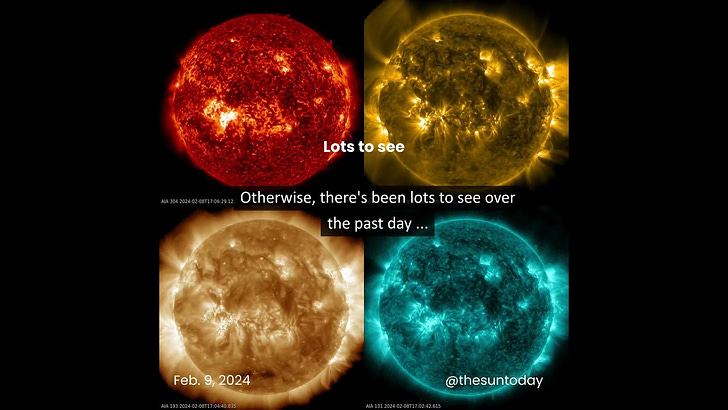- Jan 16, 2012
- 3,573
- 2,566
- 1,928
A study in New Scientist magazine in 1998 indicated a direct connection between the Sun’s solar storms and human biological system. The conduit that steers Earth’s weather through the Magnetic Field on Earth is the same conduit that facilitates the influx of charged particles from the Sun through the magnetic (auric) field around the human body.
Our pineal glands have excess melatonin production during solar storms – electromagnetic activity. Many biological effects of melatonin are produced through activation of melatonin receptors, while others are due to its role as a pervasive and powerful antioxidant, with a particular role in the protection of nuclear and mitochondrial DNA.
Solar activity is known to influence human consciousness. Solar flares affect the Central Nervous System, all brain activity (including equilibrium), human behavior patterns, and all our psycho-physiological (mental/emotional/physical) responses. Symptomatically, solar flares can cause us to feel nervous, anxious, worried, jittery, dizzy, irritable, lethargic, exhausted, nauseous, and queasy.

Solar edge [sun] is teeming with activity; how do solar flares affect us?
Solar storms and human biological effects.
 www.ourgreaterdestiny.ca
www.ourgreaterdestiny.ca

Solar edge [sun] is teeming with activity; how do solar flares affect us?
Solar storms and human biological effects.
